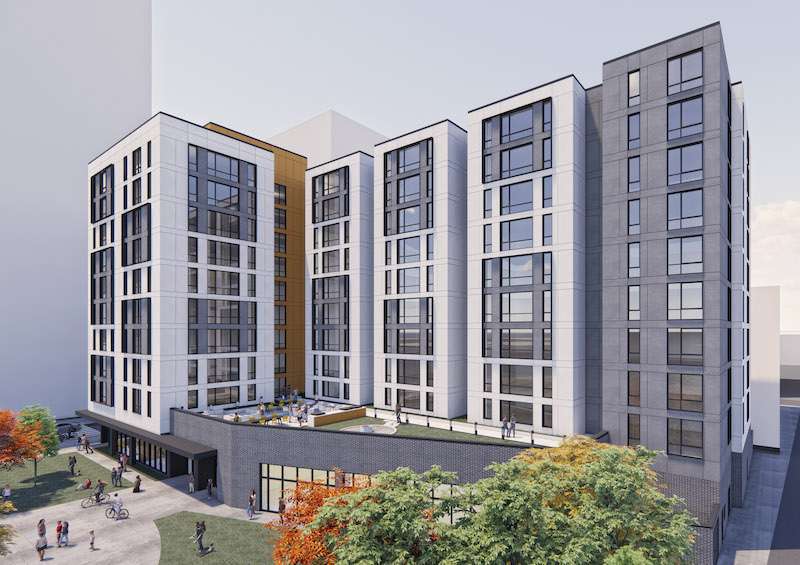
As 2024 nears, the rental housing market grapples with challenges and opportunities in a fluctuating economic landscape, shaped by inflation and rising costs. Here are 5 key trends expected to influence the sector in the coming year.
-
Market stabilization: The rental market in 2024 is expected to continue the stabilization trend seen in 2023, following a period of high demand. However, this stability will not be uniform across all regions. Local market conditions, influenced by factors such as pandemic-era policies and economic circumstances, will lead to varied trends in different areas. This regional divergence is a critical trend to watch as it will dictate market strategies for housing providers.
-
Supply and demand: A significant trend in the rental market is the ongoing construction of new rental units, which is expected to balance and potentially lower rental rates. This influx addresses the longstanding issue of housing undersupply. However, a recent decline in construction permits suggests this increase in supply may not sustain, potentially leading to a quicker absorption of new units and a rise in demand. The future of supply dynamics remains a key factor in shaping the market.
-
Mortgage rates: With homeownership becoming increasingly unaffordable due to high mortgage rates and soaring property prices, more people are turning to renting. This shift has reinforced the rental market’s strength, making it a more attractive and financially feasible option for many. The gap between the costs of owning and renting is a major trend that will likely maintain the high demand for renters.
-
Economic uncertainties: Global economic challenges, including persistent inflation and geopolitical tensions, are impacting individuals' decisions regarding housing. Many are delaying home purchases, leading to increased demand for rental housing. This trend underscores the rental market's sensitivity to broader economic factors and highlights its role as a buffer in times of economic uncertainty.
-
Operational costs: Rental housing providers face increased pressure from rising operational costs, including interest rates and insurance premiums. Adapting to these financial pressures through effective insurance management, investments in property resilience, and leveraging AI for operational efficiency is becoming increasingly crucial.
➥ THE TAKEAWAY
Looking ahead: The rental housing industry stands as a resilient and essential player in the commercial real estate world, despite facing a mix of challenges and uncertainties. Supported by a robust job market and increasing wages, the industry is well-equipped to handle short-term pressures that may squeeze profit margins. As 2024 approaches, the sector is not just prepared to tackle forthcoming challenges but is also strategically positioned to seize new opportunities, further cementing its vital contribution to the overall economy.
Source: 5 Key Trends Shaping the Rental Housing Market in 2024
https://www.creconsult.net/market-trends/5-key-trends-shaping-the-rental-housing-market-in-2024/





